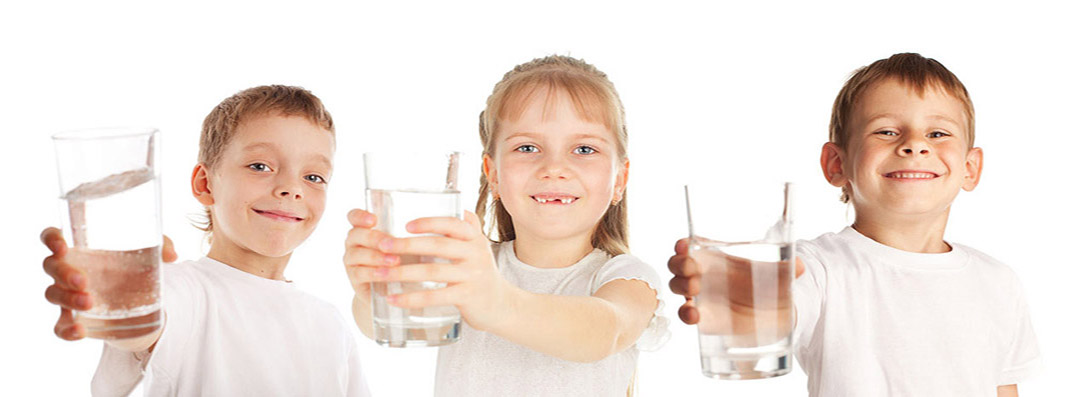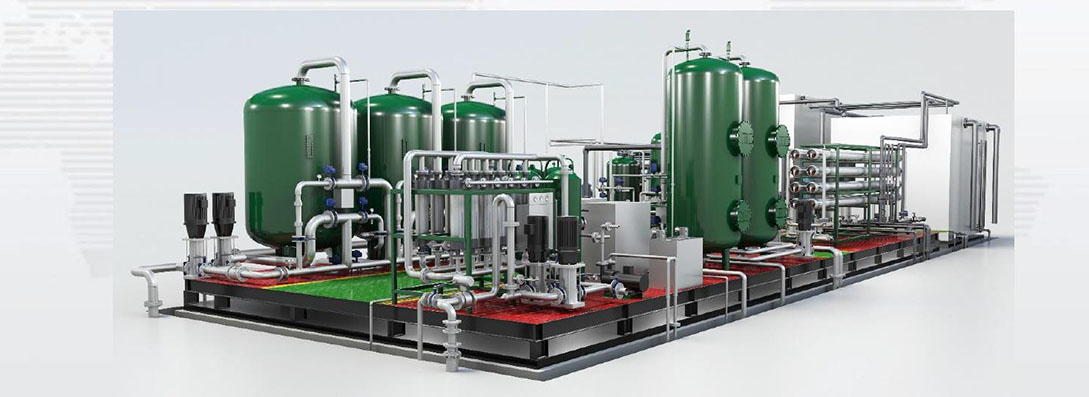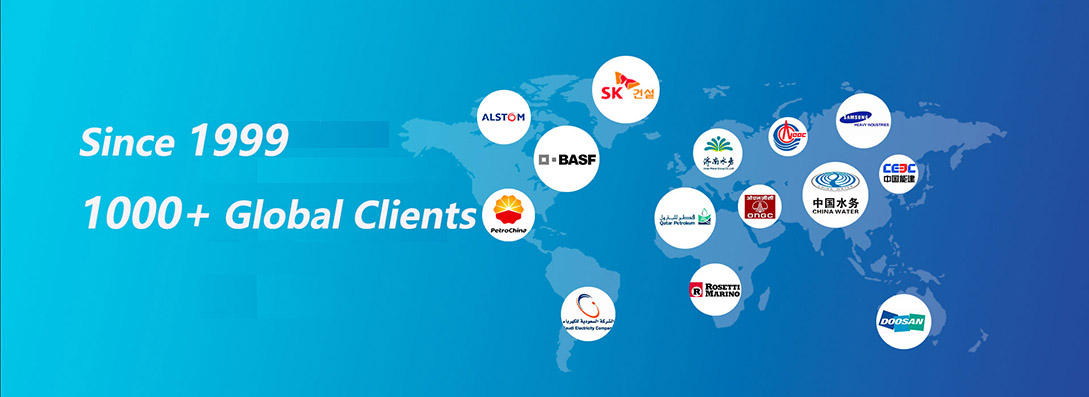Seawater electrochlorination function in eliminating industrial biological fouling
Systems for seawater electrochlorination are a dependable and affordable way to manage industrial biofouling. Sodium hypochlorite production on-site is a cost-effective and secure way to make a potent disinfectant and biocide for use in industrial settings. Onsite generated sodium hypochlorite effectively protects equipment against the formation of micro and macro organic fouling when fed into cooling water circuits of electric power stations or industrial units. This happens without any of the negative impacts of commercial hypochlorite, like the hard deposit buildup caused by excess alkalinity reacting with dissolved chemicals in water or the safety risk associated with handling, storing, and transporting chlorine gas.
A common method for supplying cooling water to a power plant is open-loop seawater cooling. When there is so much distance between the power plant and the sea that the expense of pumping becomes unaffordable, cooling towers are usually employed. Make-up water is made from seawater. To regulate biological growth, sodium hypochlorite is administered into the intake basin and intake structure.
Seawater is commonly used as a coolant in steam condensers in thermal power plants, whether they are inland or coastal, and are driven by fossil fuels or nuclear energy. Power generation efficiency in once-through cooling water systems can be significantly improved by managing the fouling of the steam condensers. To keep mechanical equipment like seawater circulating pumps, bar screens, and drum screens from becoming fouled, sodium hypochlorite is added to the seawater intake of a power plant.
A common method for supplying cooling water to a power plant is open-loop seawater cooling. When there is so much distance between the power plant and the sea that the expense of pumping becomes unaffordable, cooling towers are usually employed. Make-up water is made from seawater. To regulate biological growth, sodium hypochlorite is administered into the intake basin and intake structure.
Seawater is commonly used as a coolant in steam condensers in thermal power plants, whether they are inland or coastal, and are driven by fossil fuels or nuclear energy. Power generation efficiency in once-through cooling water systems can be significantly improved by managing the fouling of the steam condensers. To keep mechanical equipment like seawater circulating pumps, bar screens, and drum screens from becoming fouled, sodium hypochlorite is added to the seawater intake of a power plant.
Application
Contact Us

Name: Diana
E-mail: [email protected]
Skype: +86-15-22-27-71-011
WeChat: +8615222771011
Whatsapp: +8615222771011
Add: Office N.420D-C1 Tower Ajman,UAE









 Skype Chat
Skype Chat WhatsApp
WhatsApp  Mail inquiry
Mail inquiry
